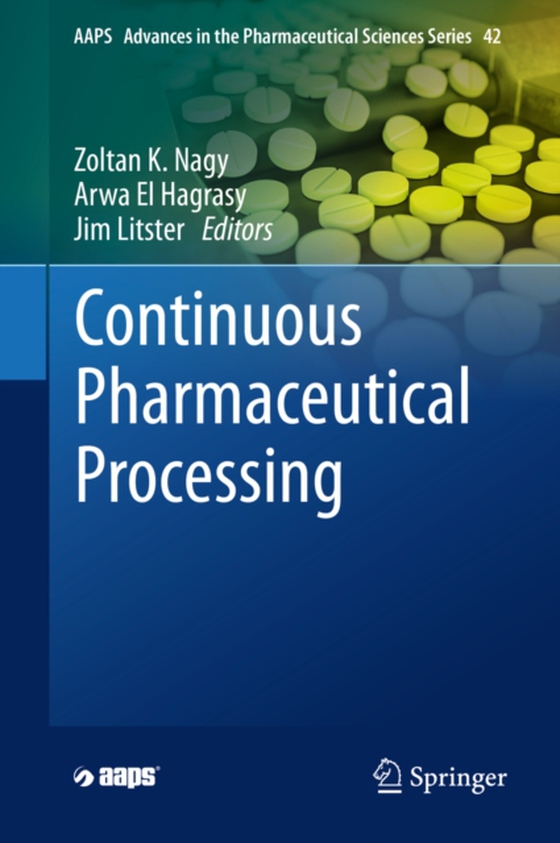
Continuous Pharmaceutical Processing e-bog
948,41 DKK
(inkl. moms 1185,51 DKK)
Continuous pharmaceutical manufacturing is currently receiving much interest from industry and regulatory authorities, with the joint aim of allowing rapid access of novel therapeutics and existing medications to the public, without compromising high quality. Research groups from different academic institutions have significantly contributed to this field with an immense amount of published res...
E-bog
948,41 DKK
Forlag
Springer
Udgivet
10 juni 2020
Genrer
PNB
Sprog
English
Format
epub
Beskyttelse
LCP
ISBN
9783030415242
Continuous pharmaceutical manufacturing is currently receiving much interest from industry and regulatory authorities, with the joint aim of allowing rapid access of novel therapeutics and existing medications to the public, without compromising high quality. Research groups from different academic institutions have significantly contributed to this field with an immense amount of published research addressing a variety of topics related to continuous processing. The book is structured to have individual chapters on the different continuous unit operations involved in drug substance and drug product manufacturing. A wide spectrum of topics are covered, including basic principles of continuous manufacturing, applications of continuous flow chemistry in drug synthesis, continuous crystallization, continuous drying, feeders and blenders, roll compaction and continuous wet granulation.The underlying theme for each of these chapters is to present to the reader the recent advances in modeling, experimental investigations and equipment design as they pertain to each individual unit operation. The book also includes chapters on quality by design (QbD) and process analytical technology (PAT) for continuous processing, process control strategies including new concepts of quality-by-control (QbC), real-time process management and plant optimization, business and supply chain considerations related to continuous manufacturing as well as safety guidelines related to continuous chemistry. A separate chapter is dedicated to discussing regulatory aspects of continuous manufacturing, with description of current regulatory environment quality/GMP aspects, as well as regulatory gaps and challenges.Our aim from publishing this book is to make it a valuable reference for readers interested in this topic, with a desire to gain a fundamental understanding of engineering principles and mechanistic studies utilized in understanding and developing continuous processes. In addition, our advanced readers and practitioners in this field will find that the technical content of Continuous Pharmaceutical Processing is at the forefront of recent technological advances, with coverage of future prospects and challenges for this technology.
 Dansk
Dansk

